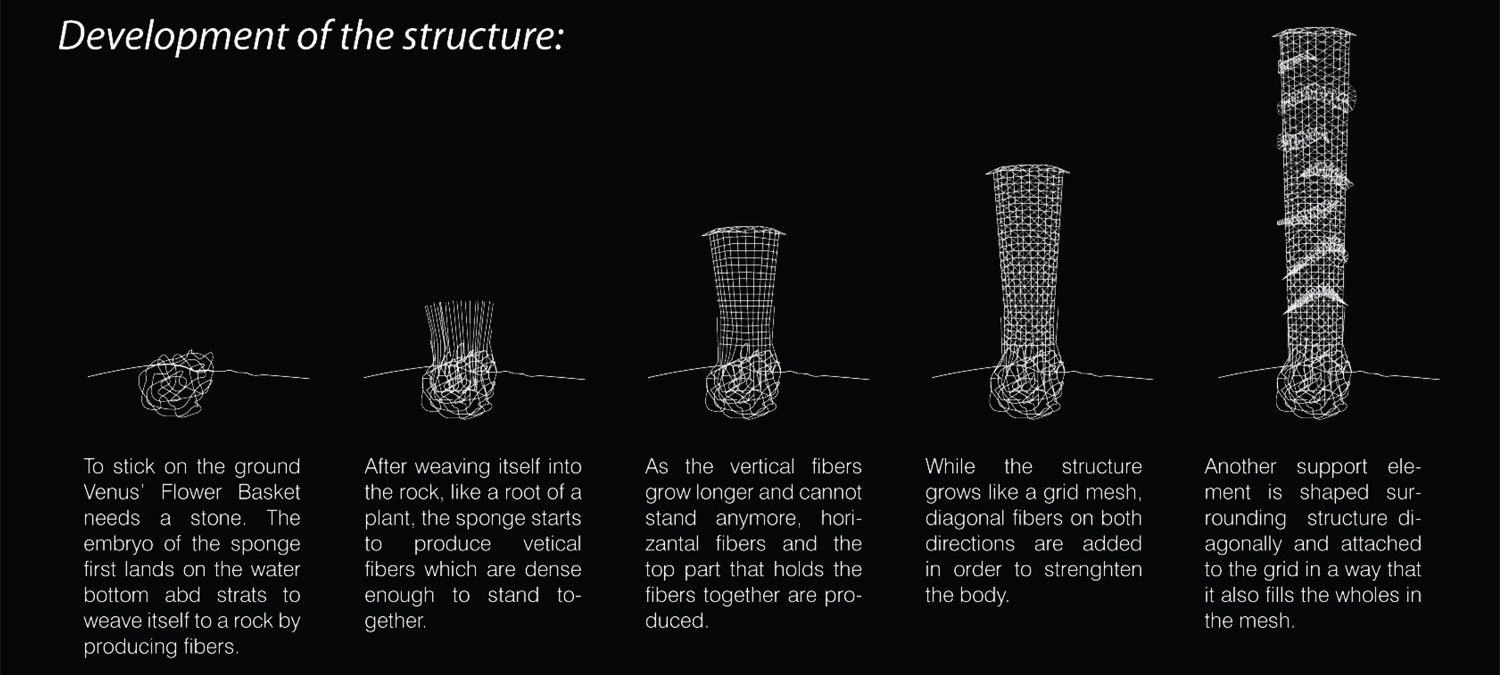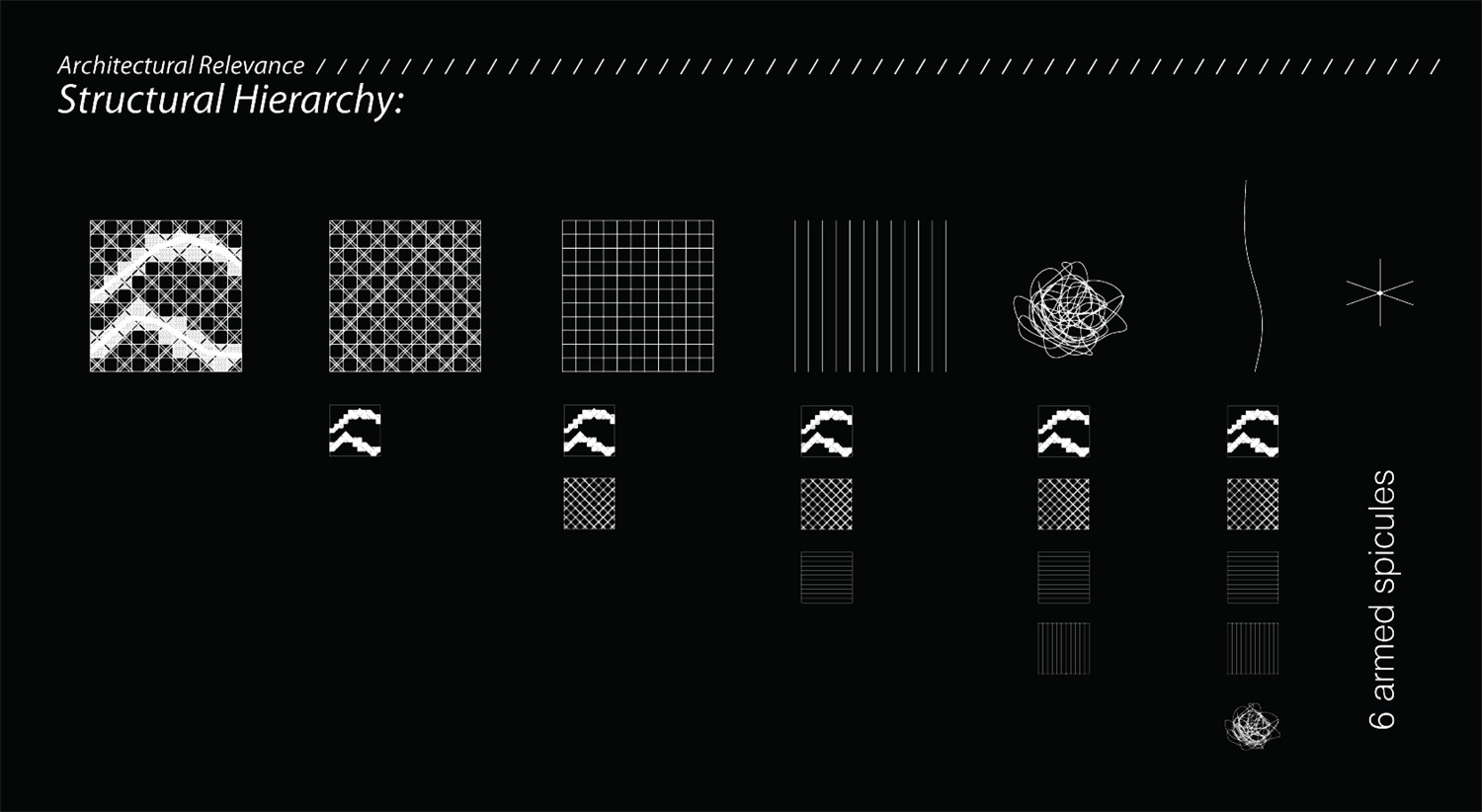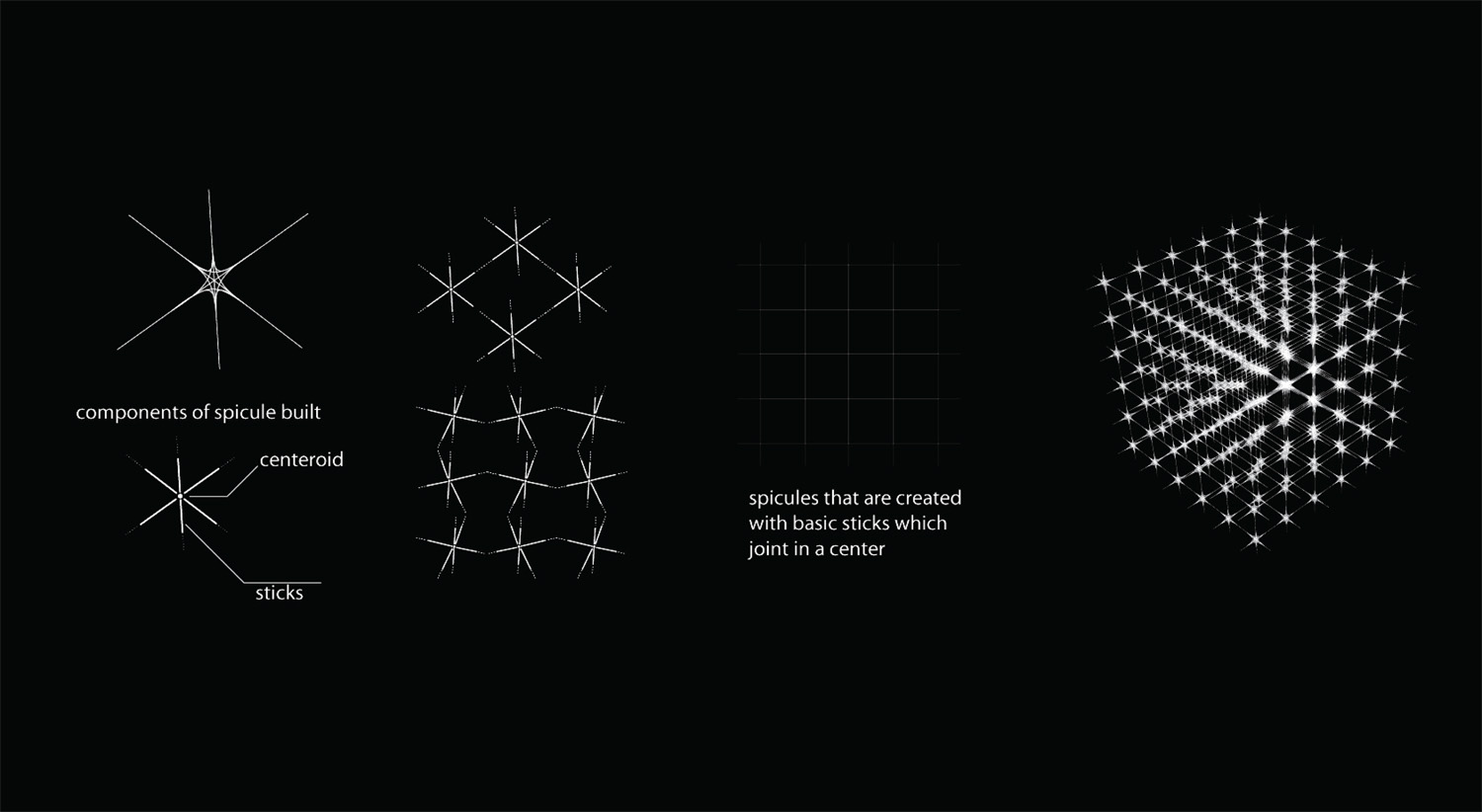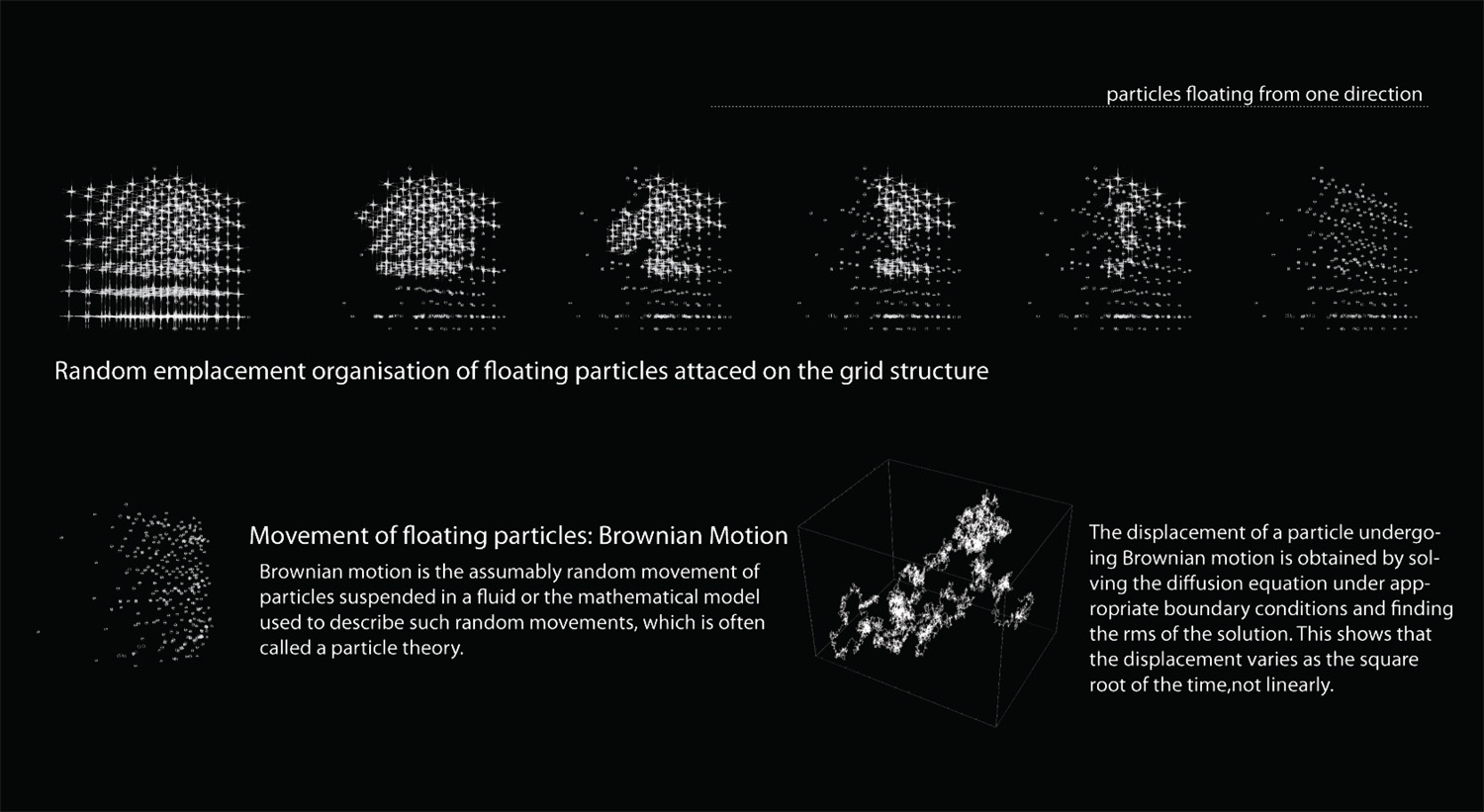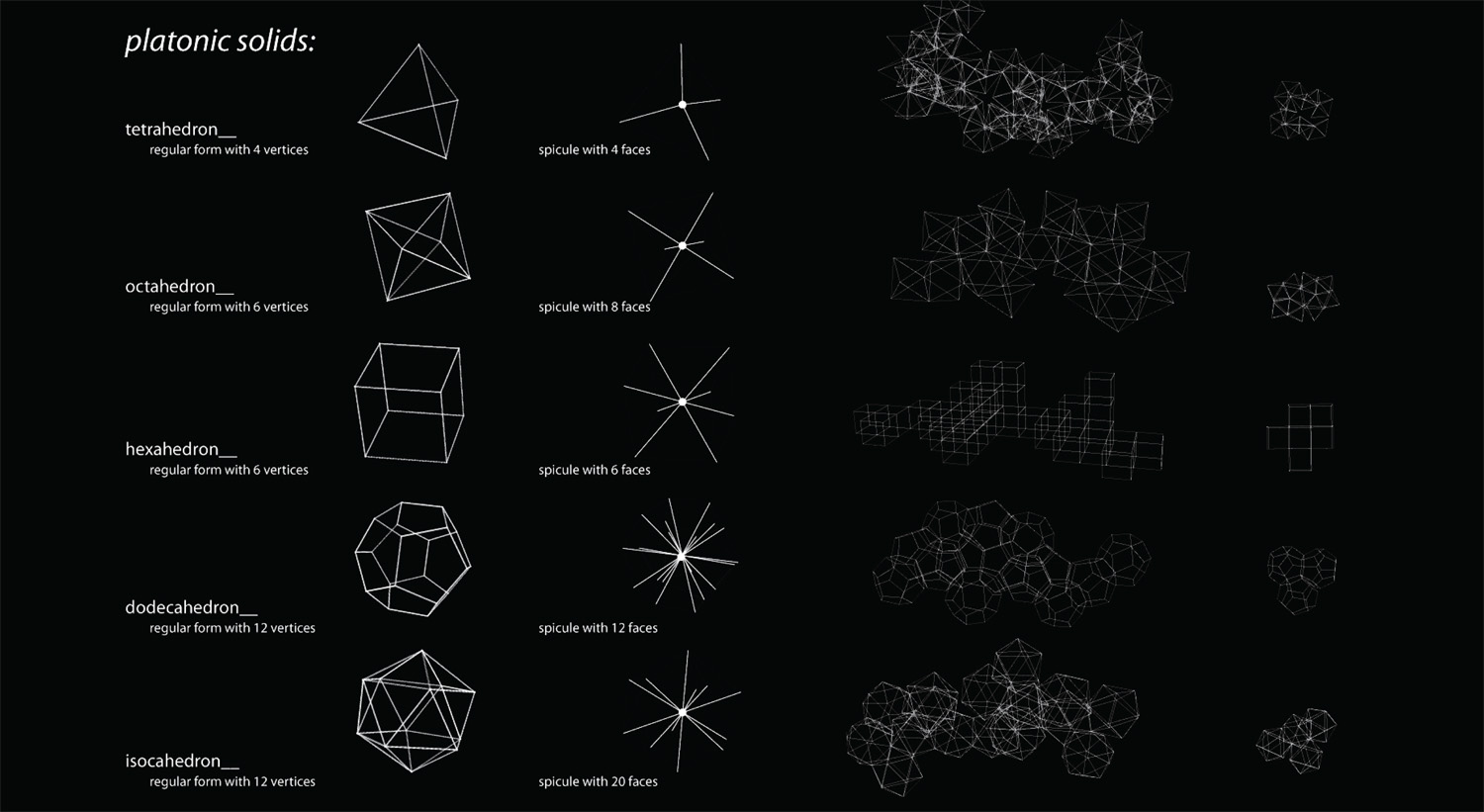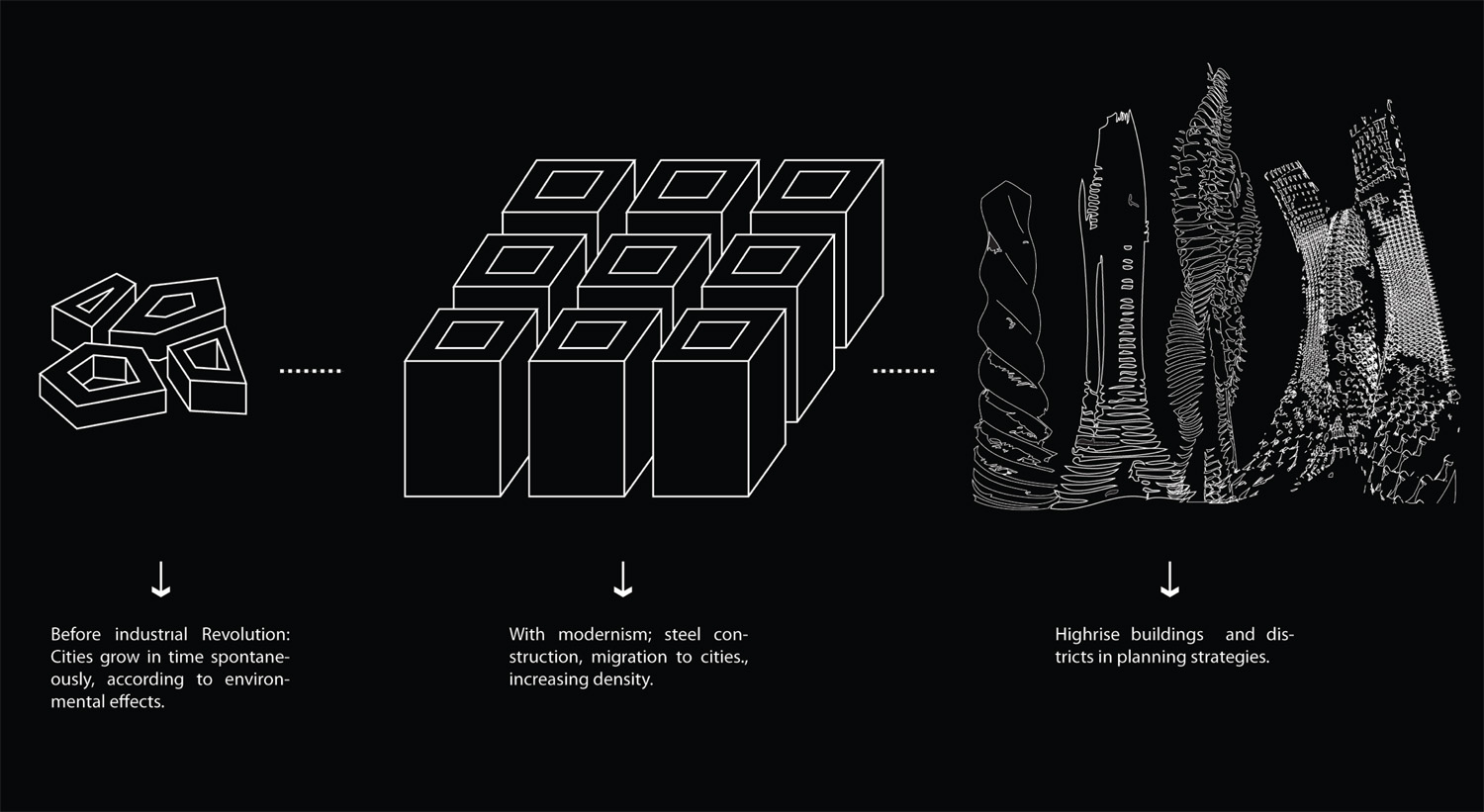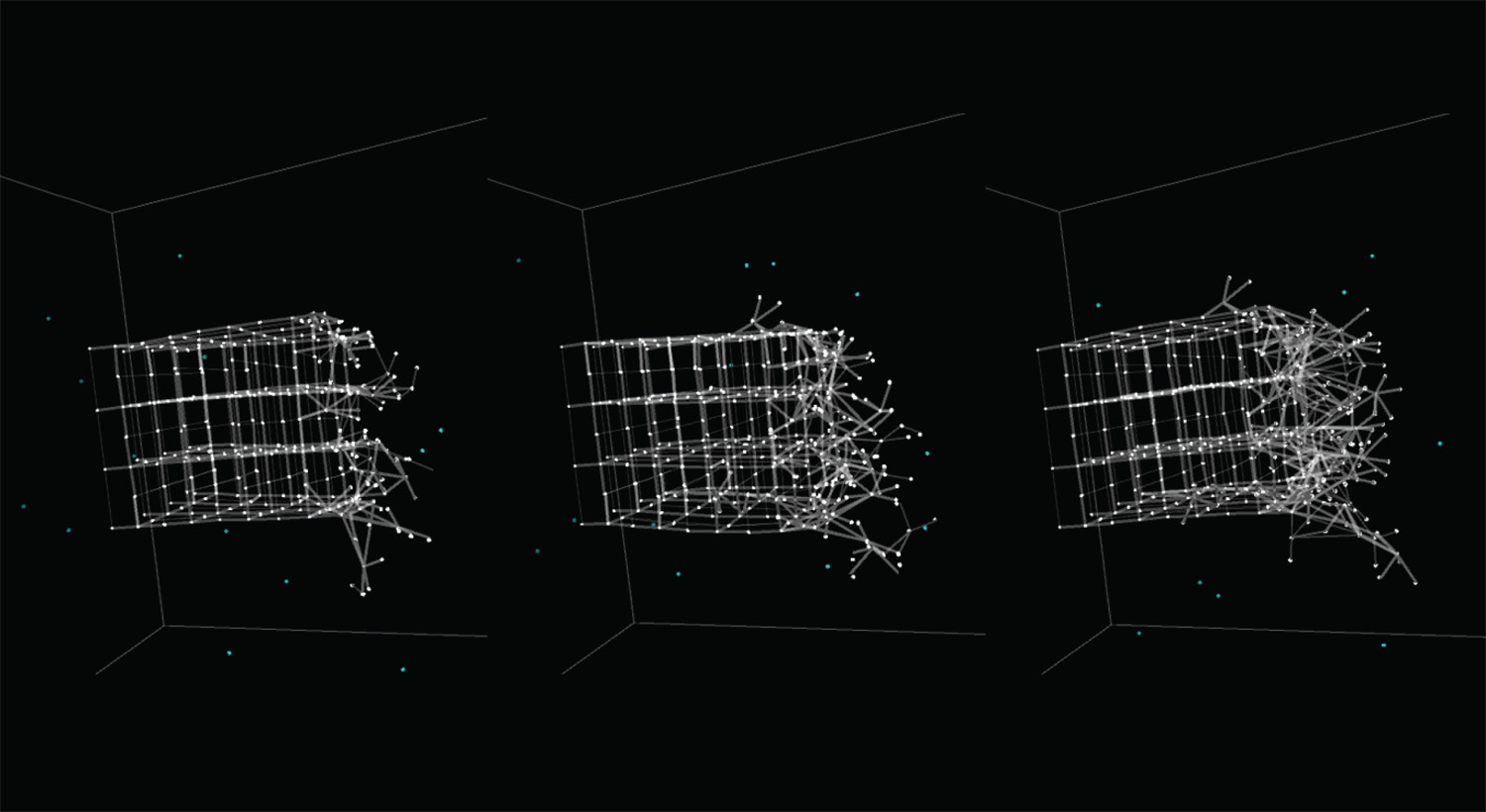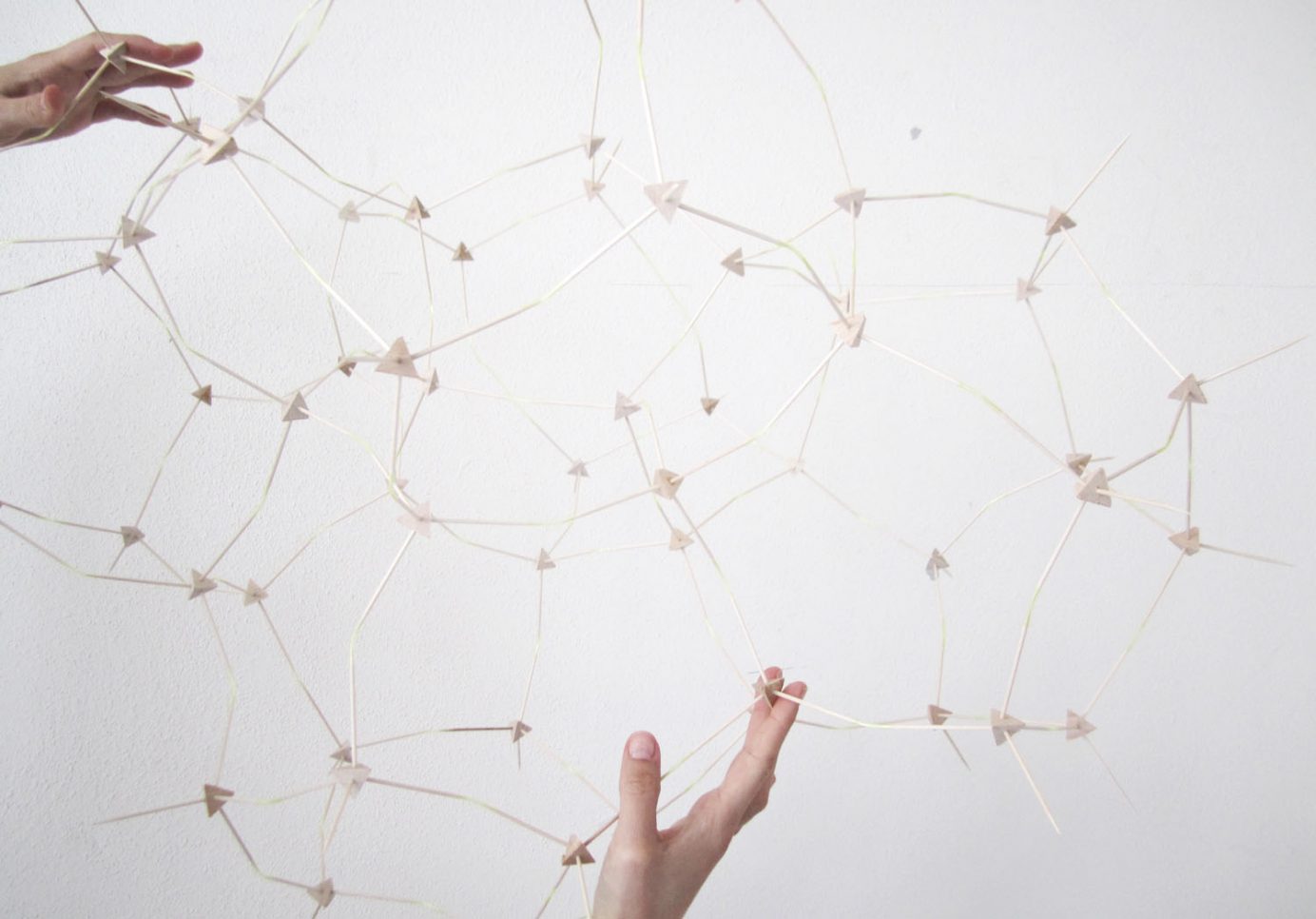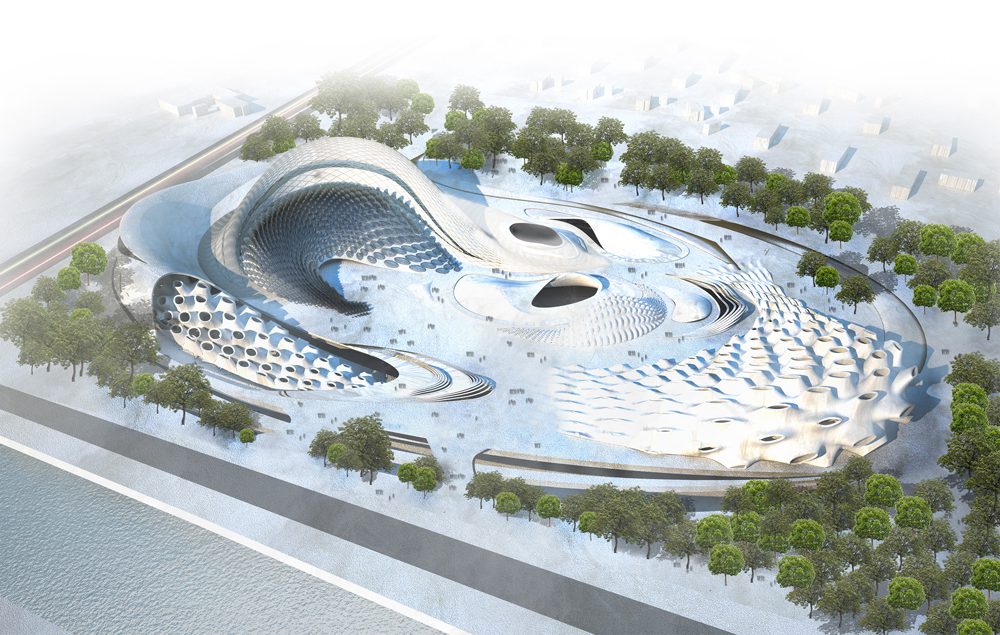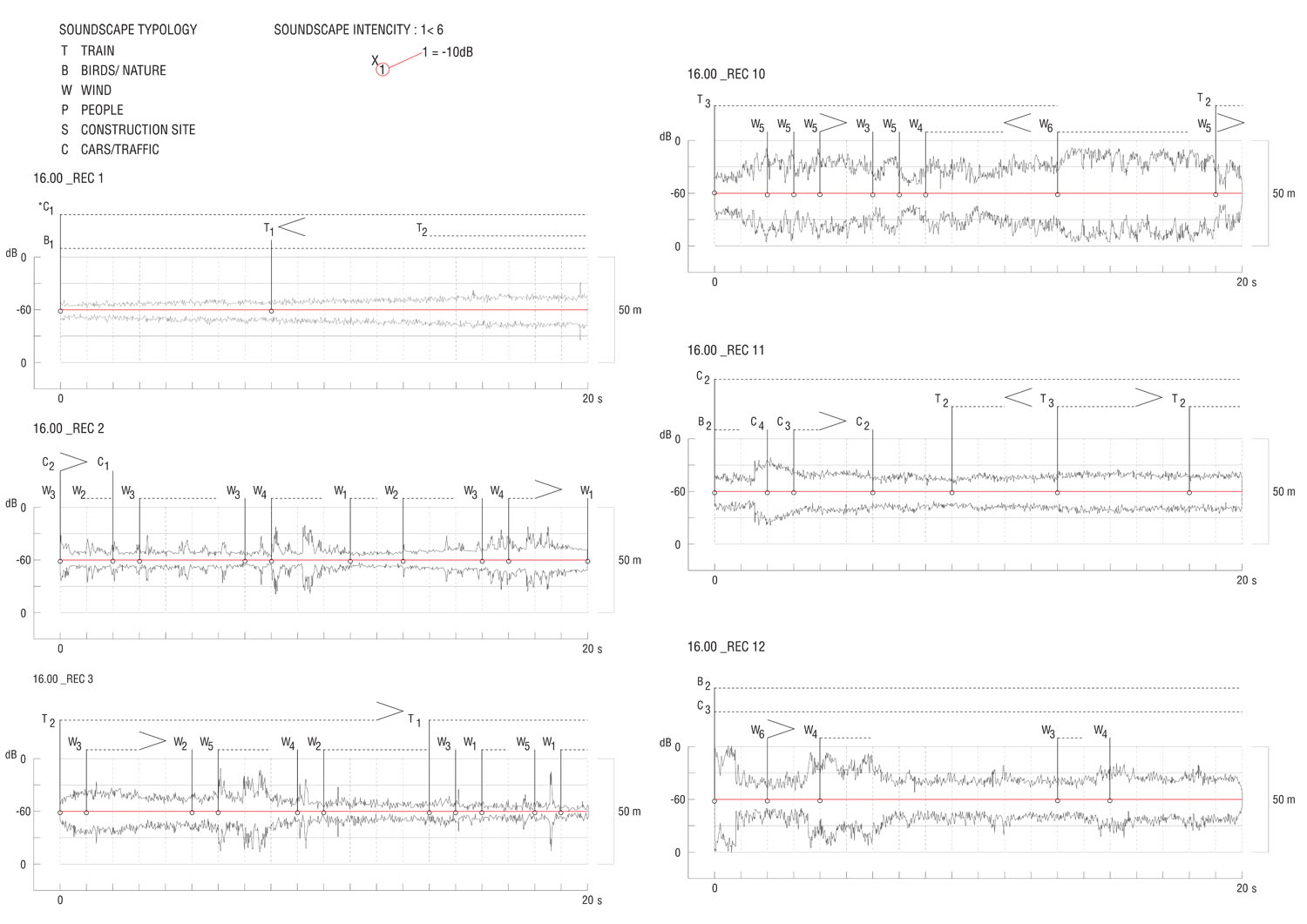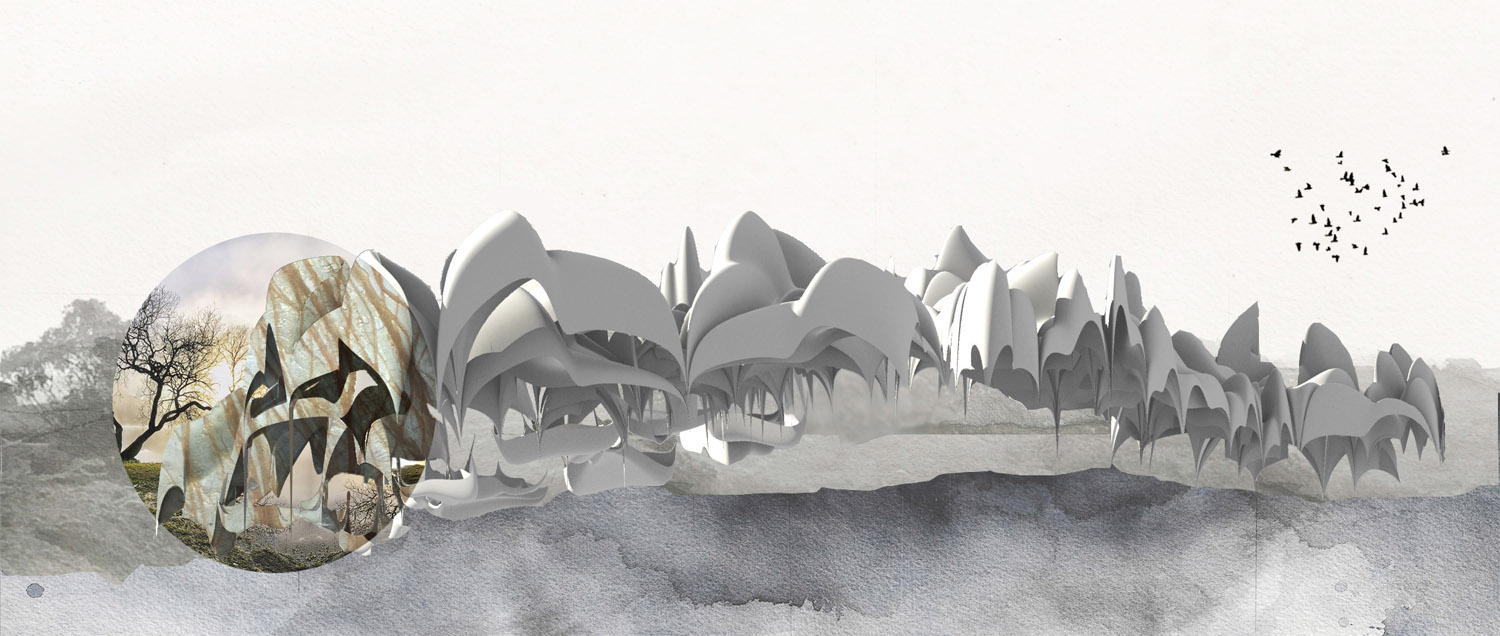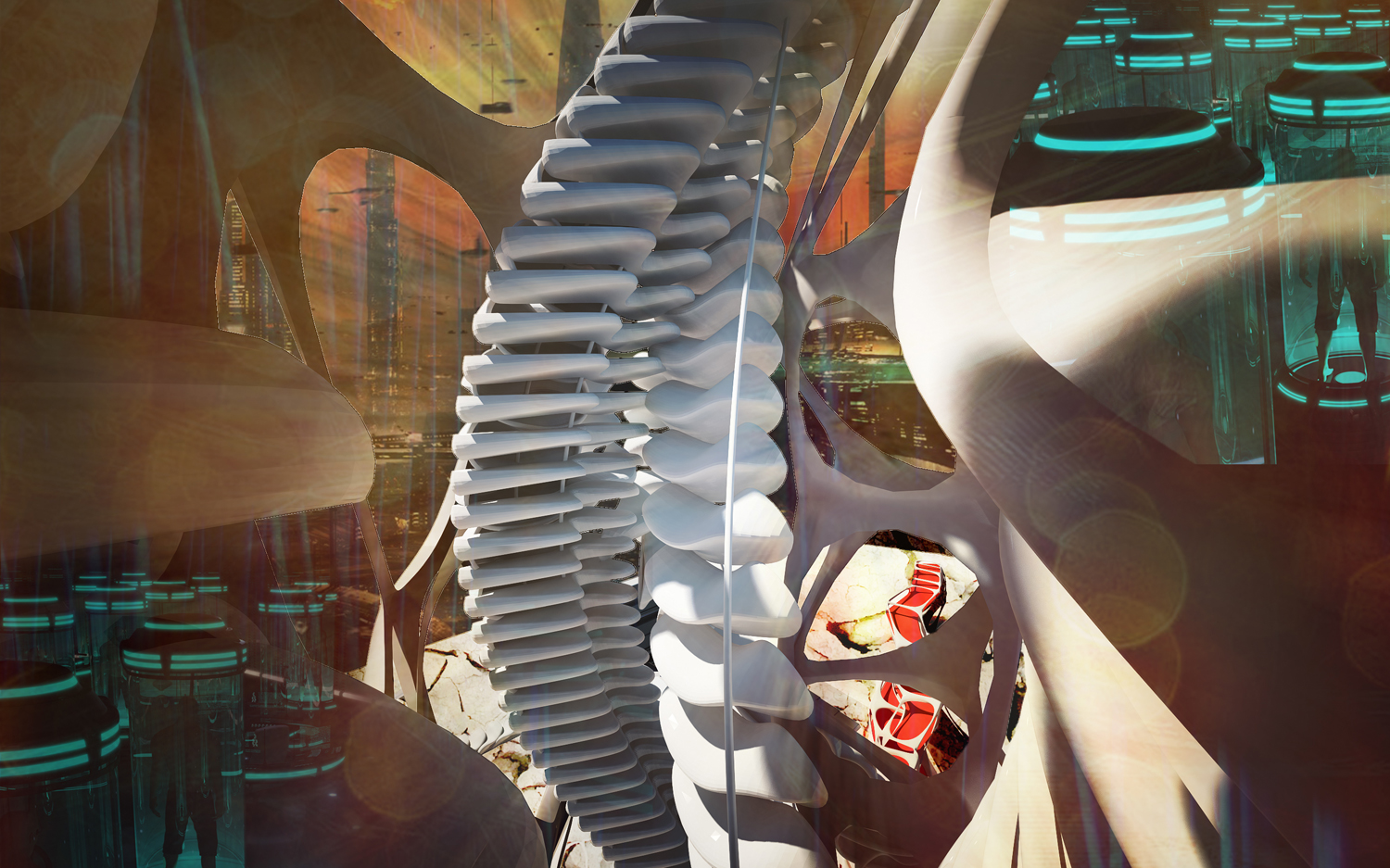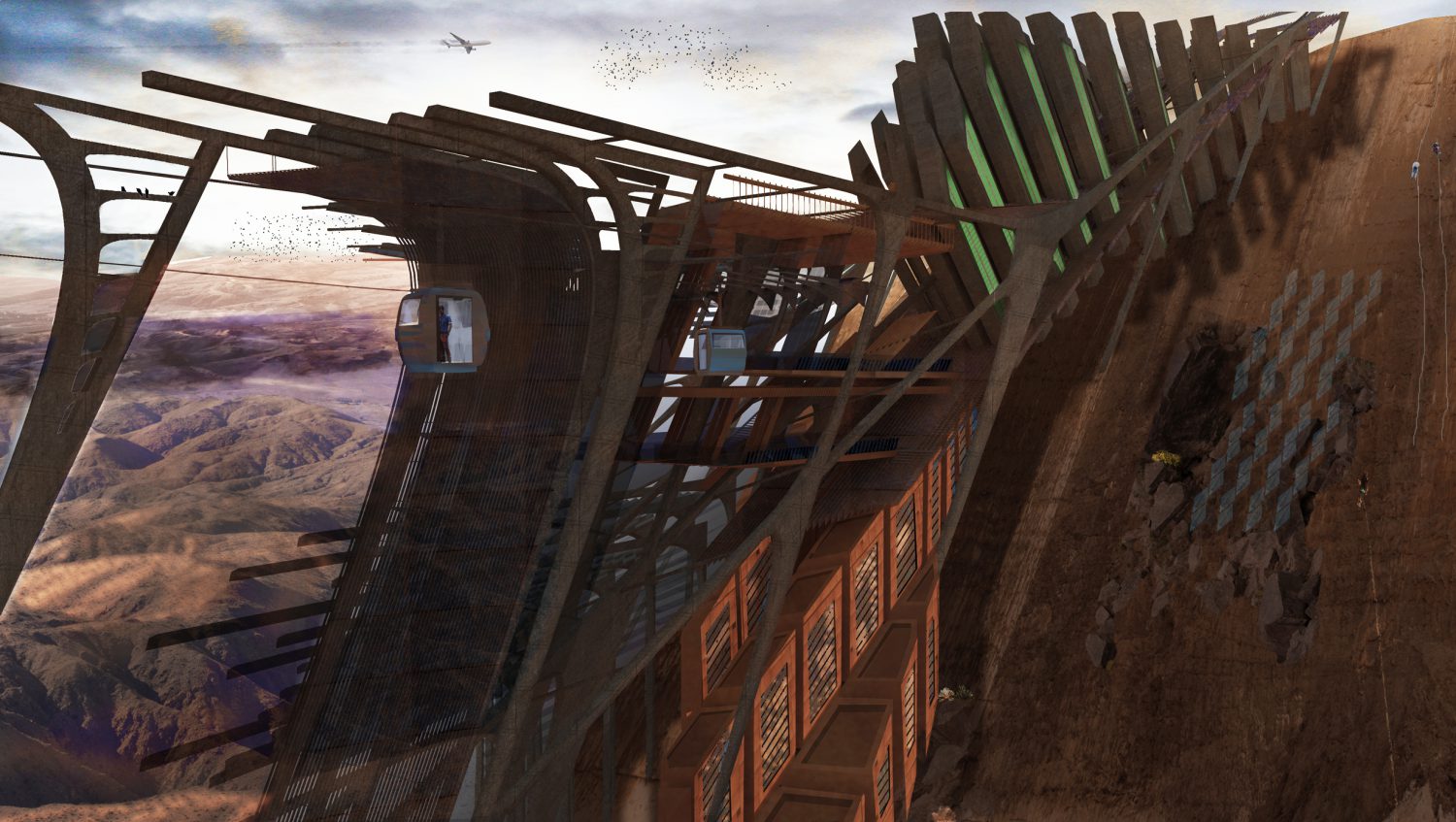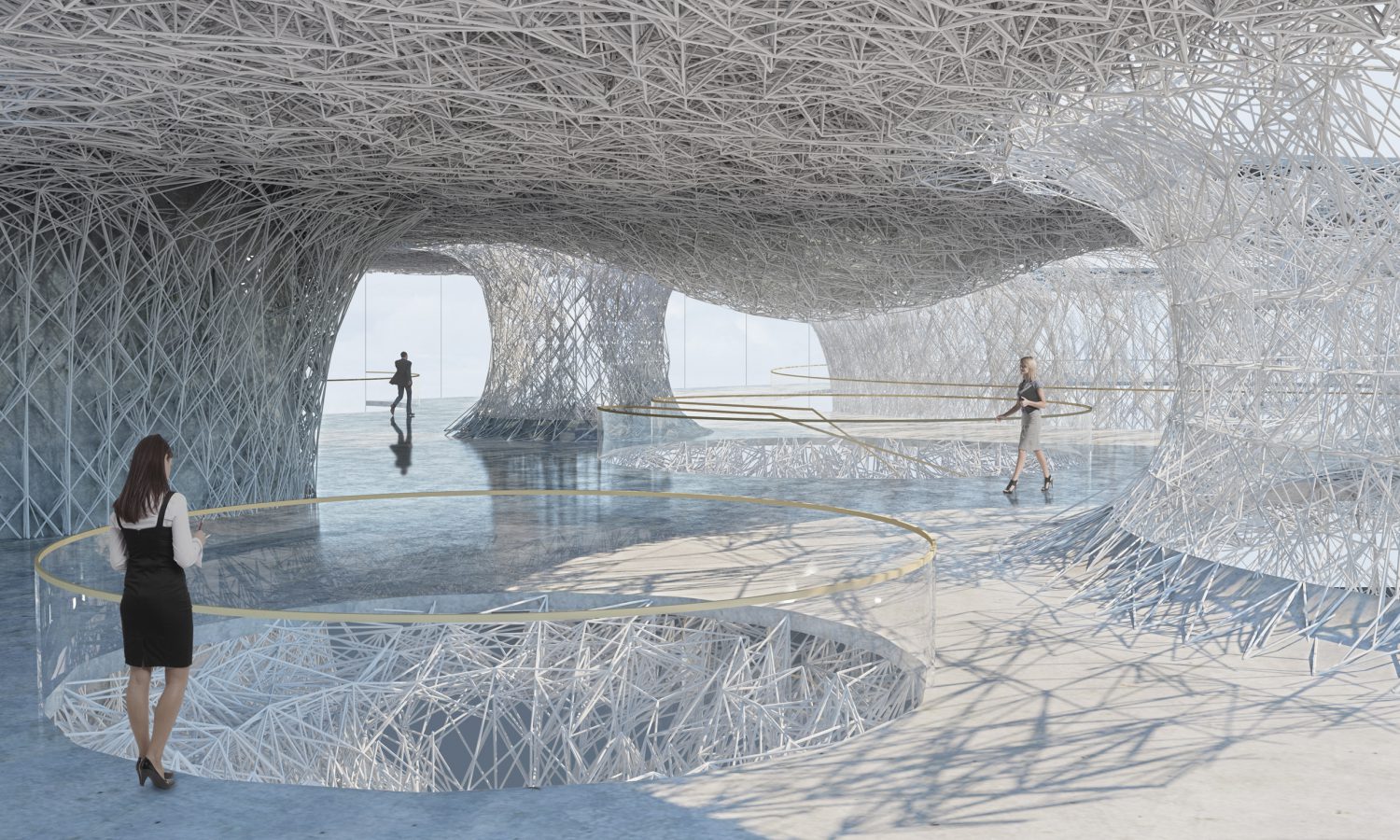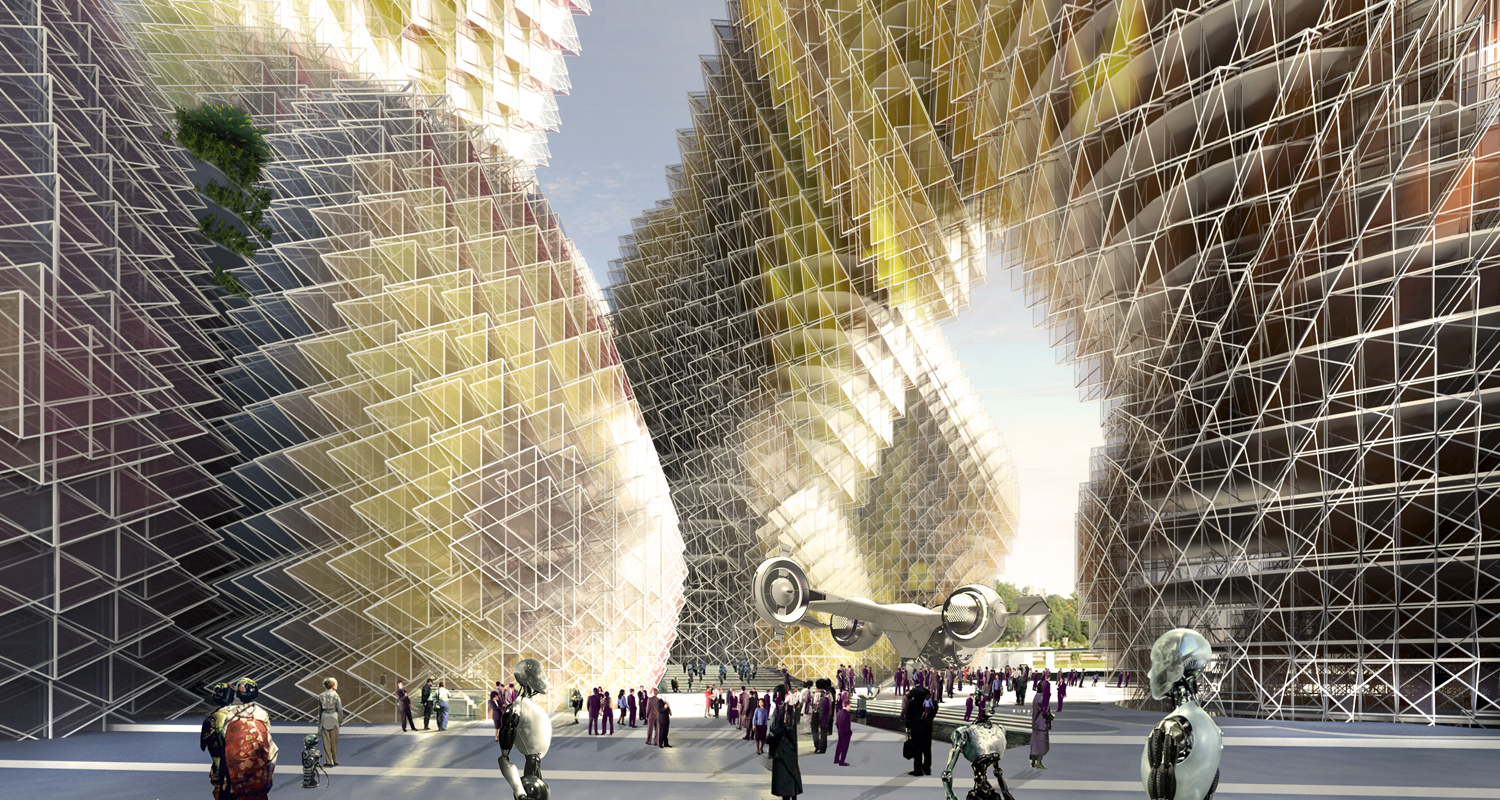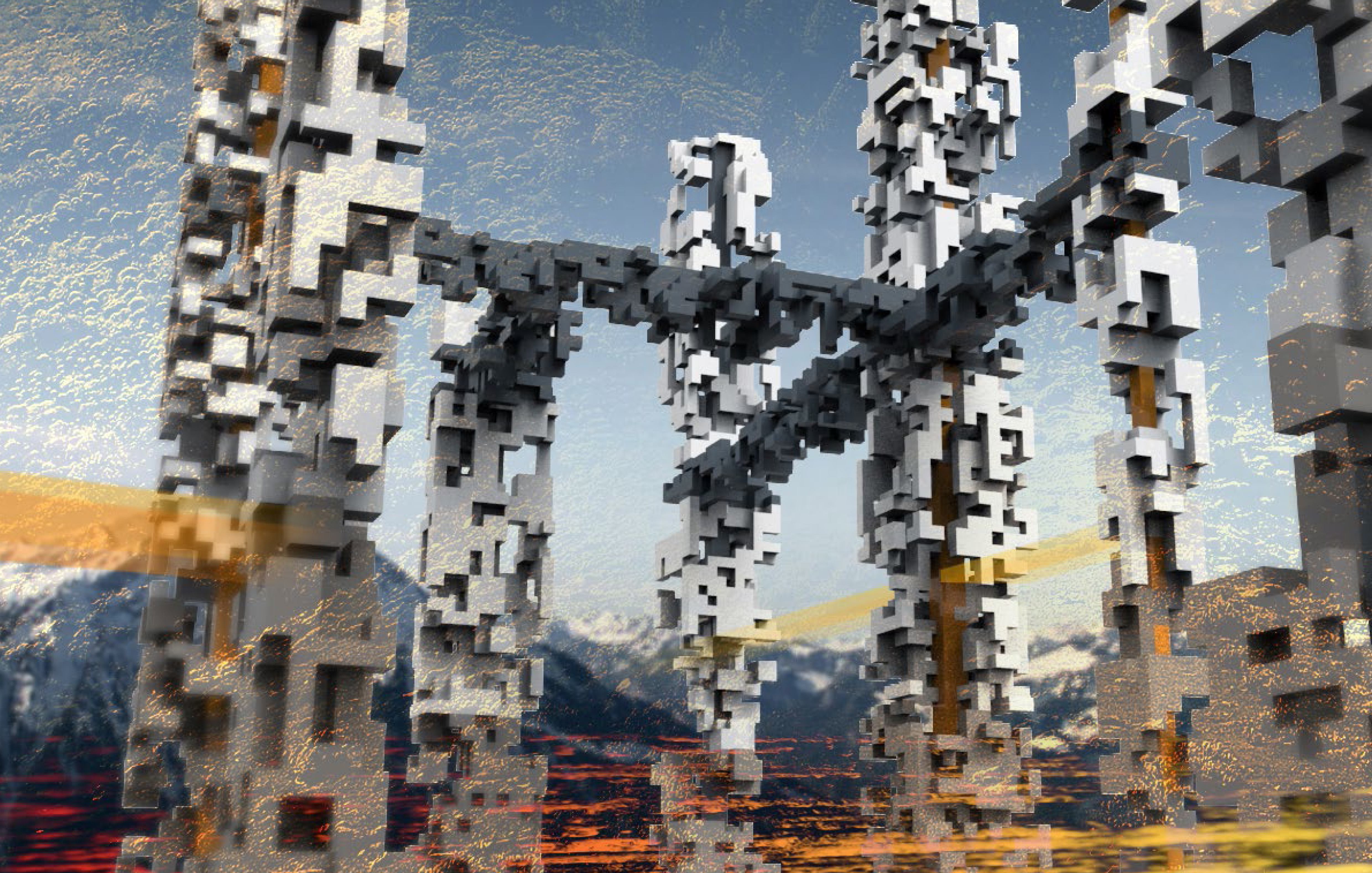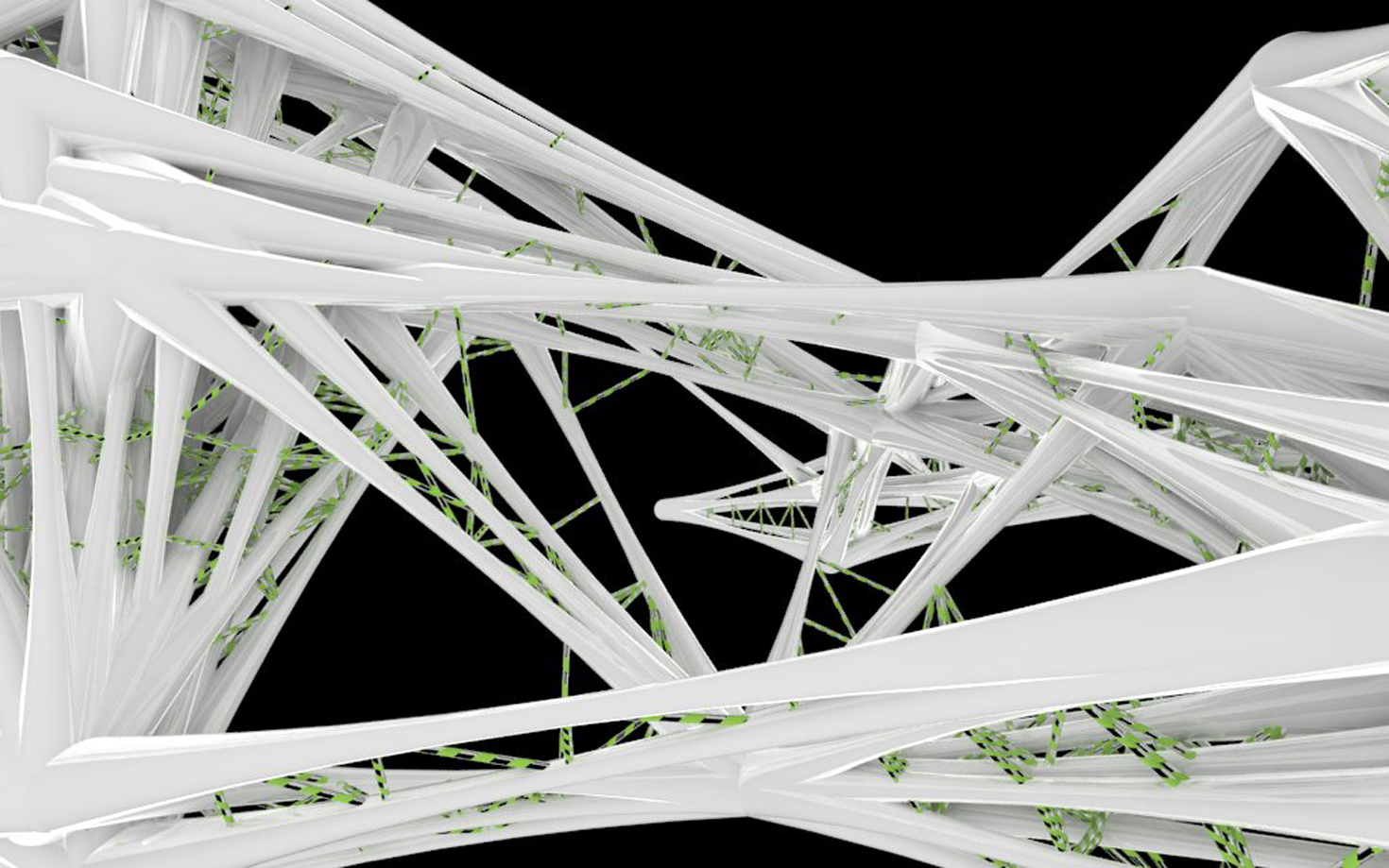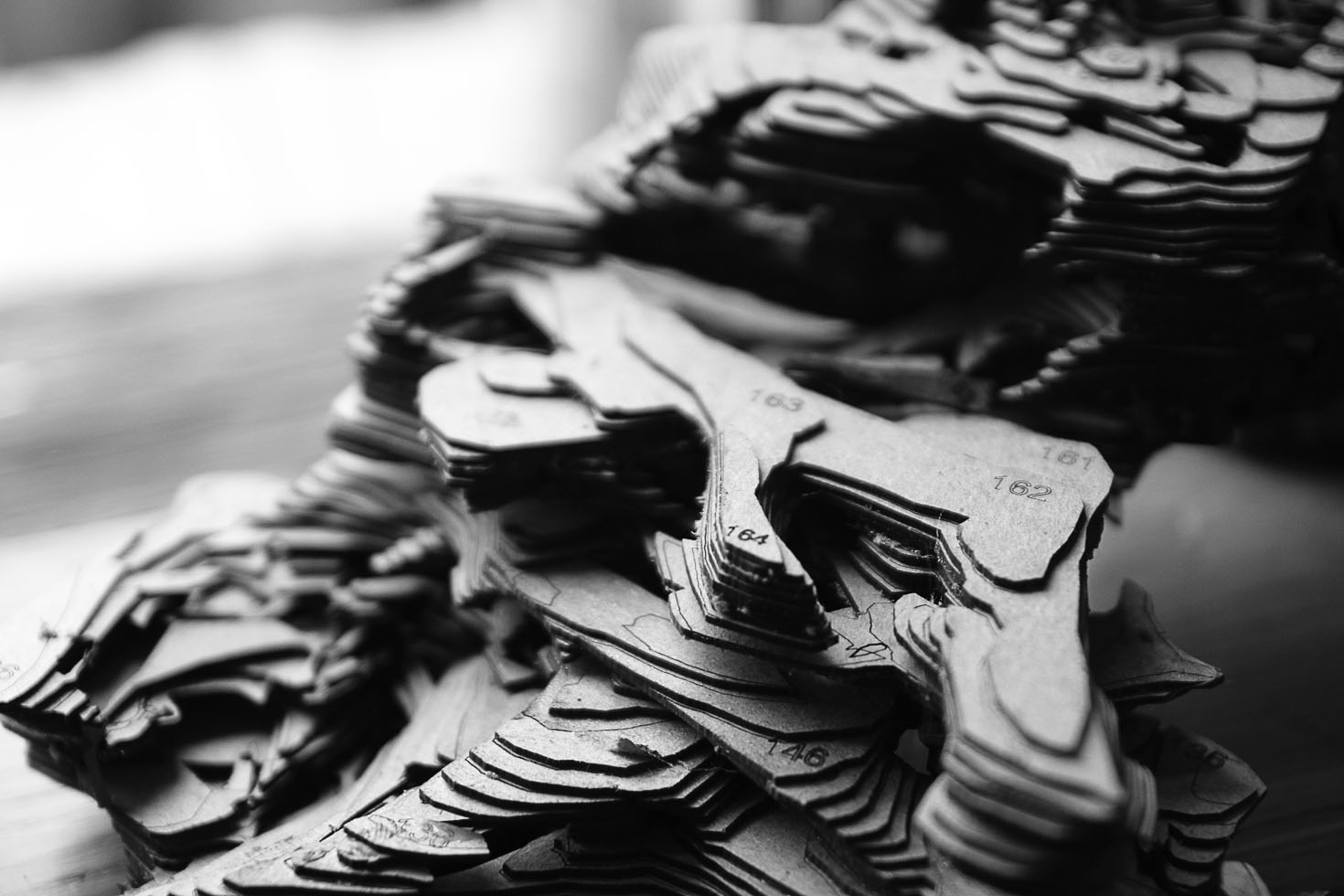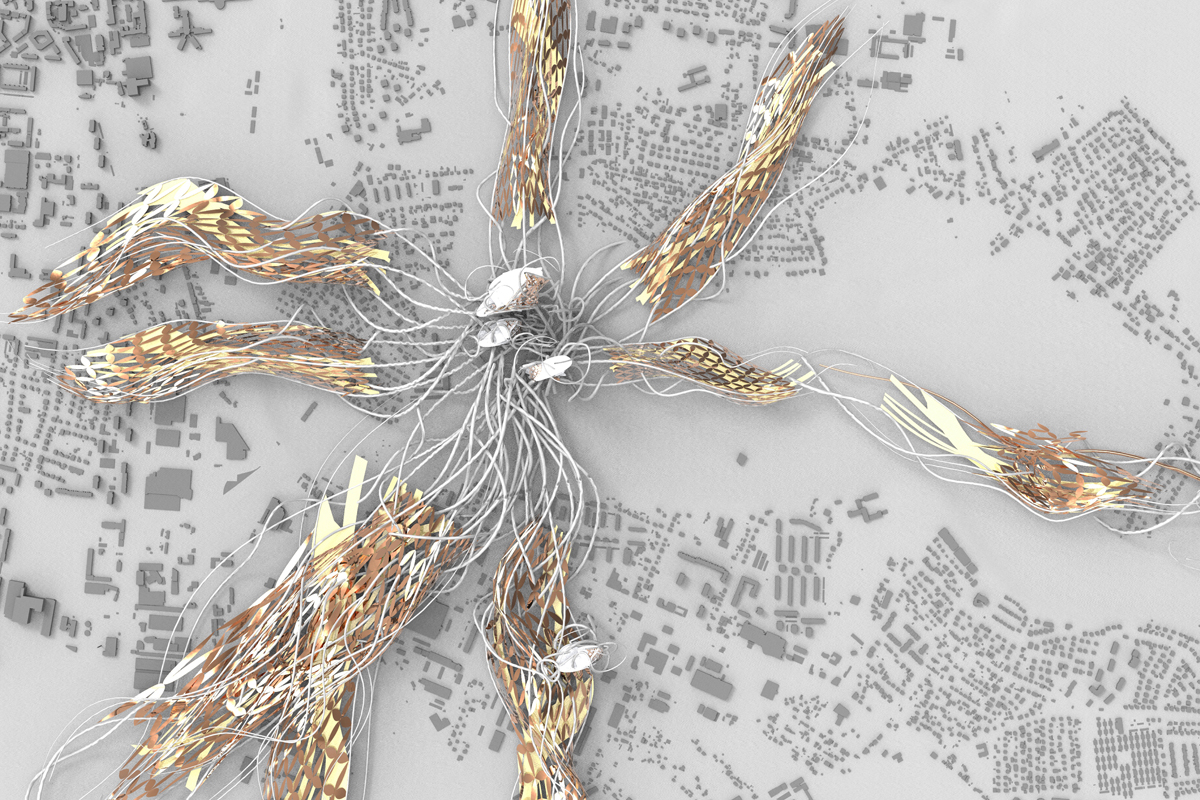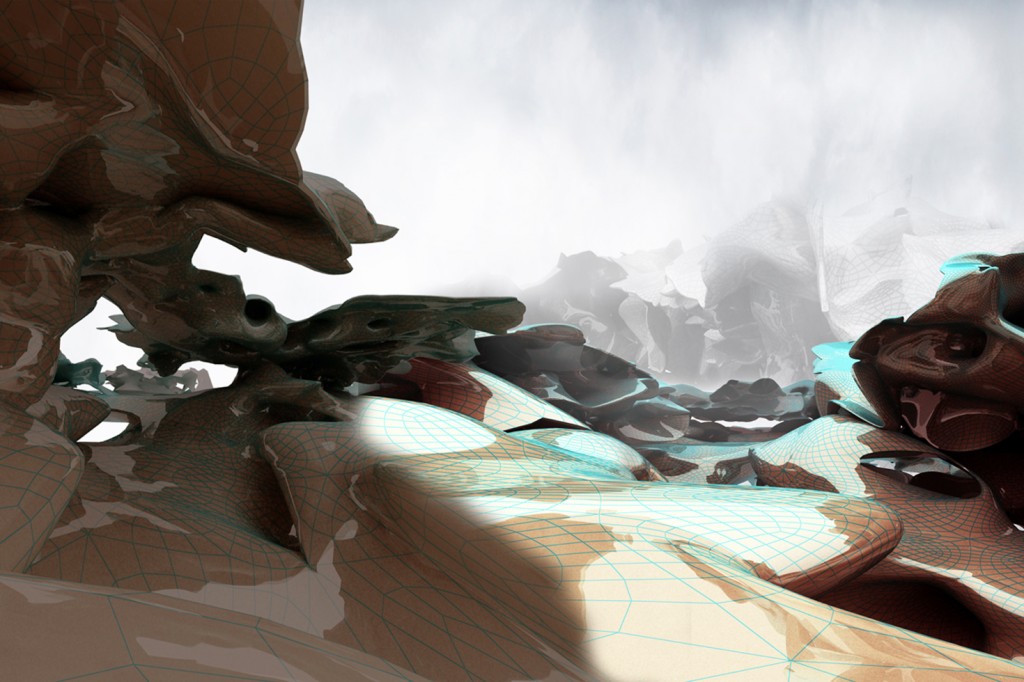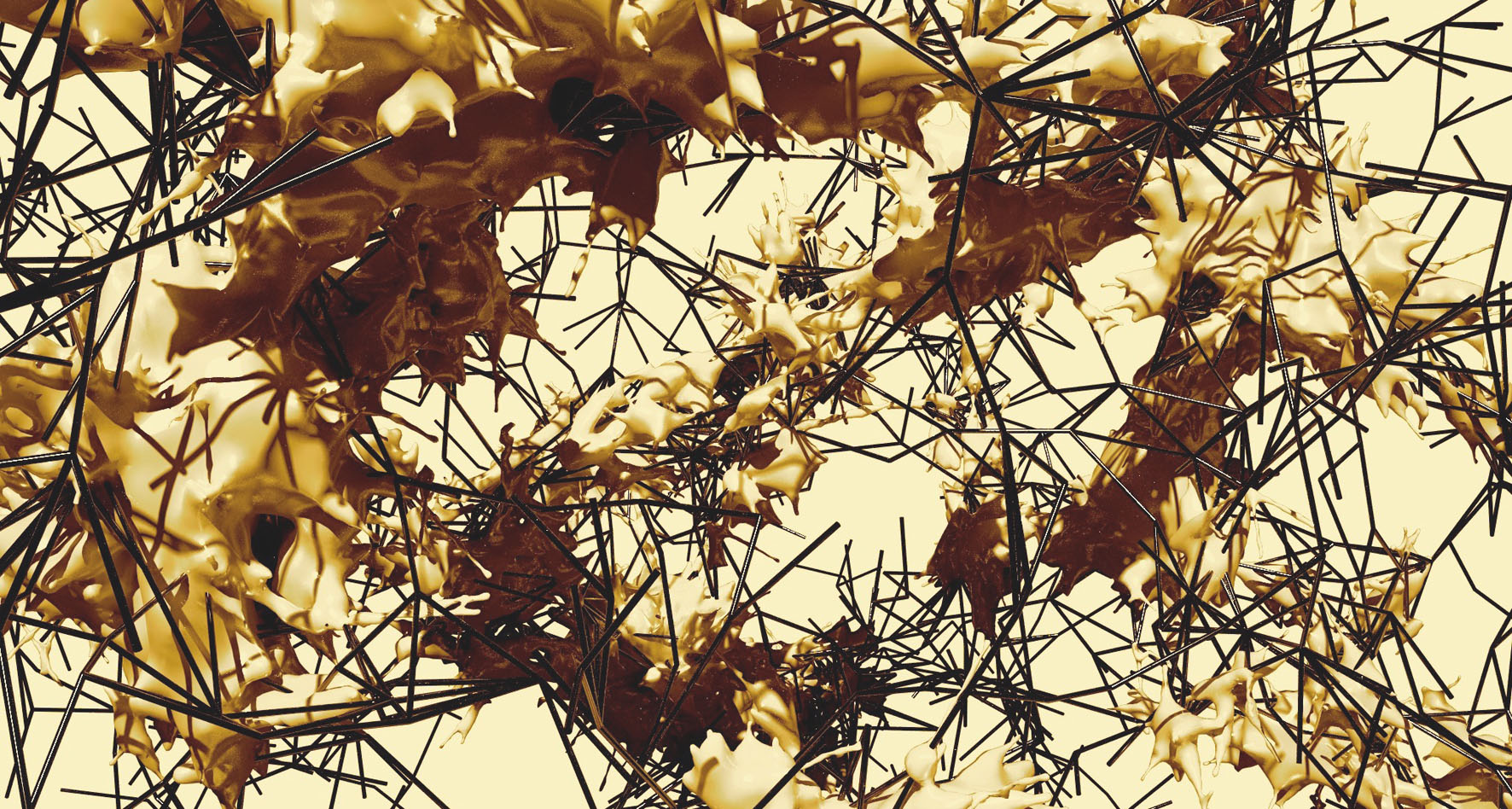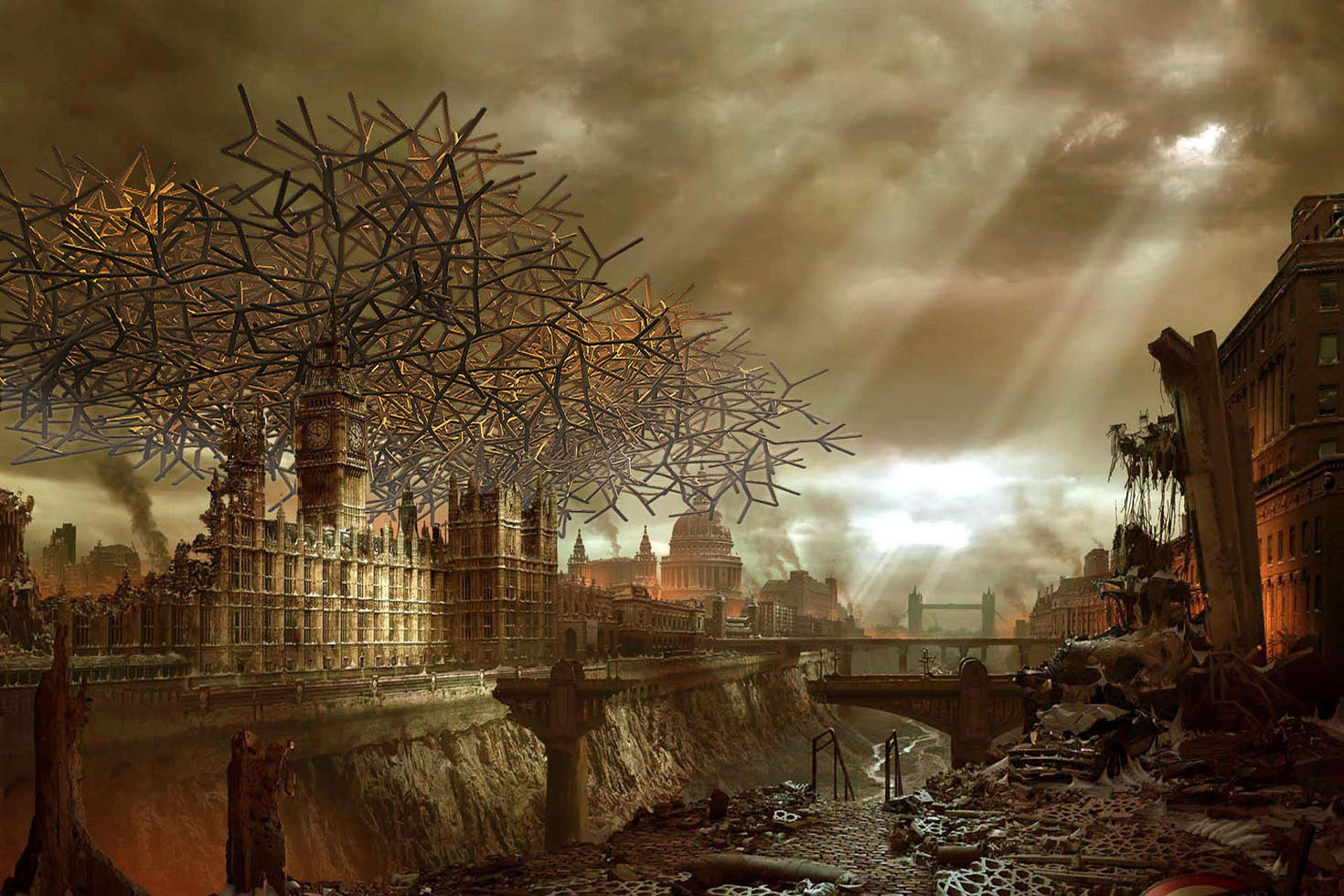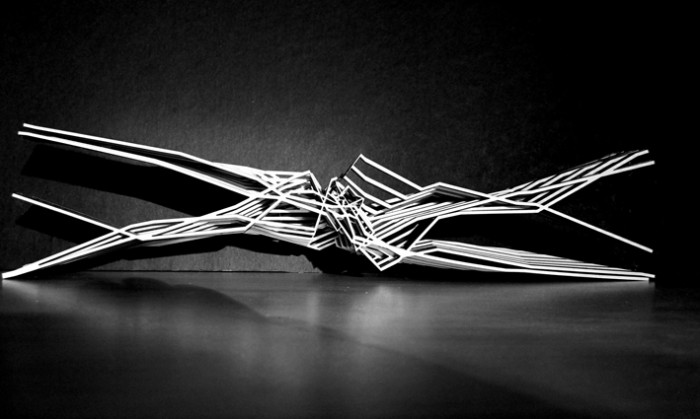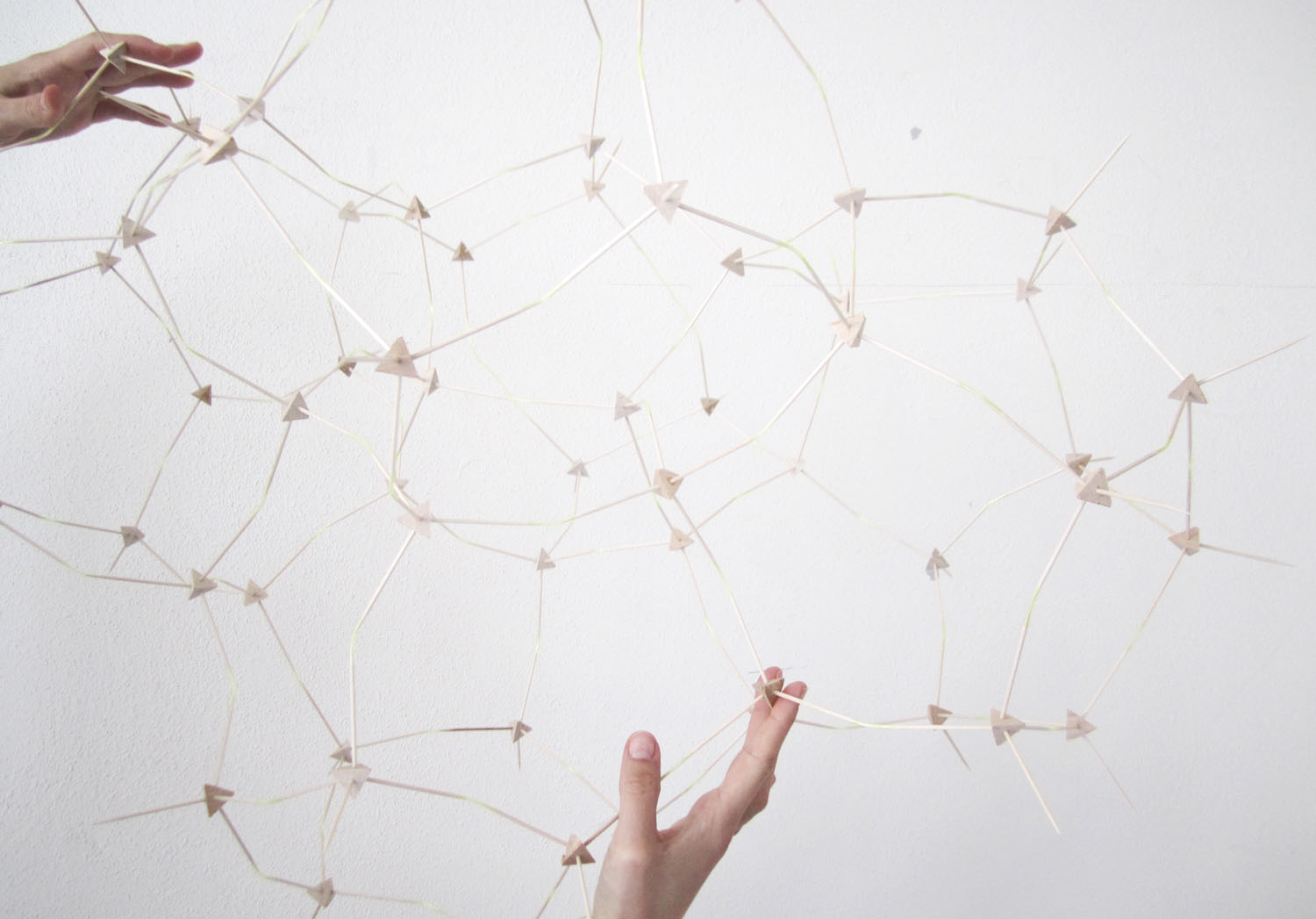Flows of Nodes by Güley Alagöz
There are approximately 9000 sponge species which branches 3 taxonomic classes based on chemical composition of their skeleton. Calcarea, hexactinellida and demospongiae, in turnm consist of calsium carbonade, silicon dioxide and protein fiber.
Venus’ flower basket, or Eupectella aspergillum in latin, belongs to the hexactinellida class. Glass sponges have elaborate skeletons made from silica that support the body. The biochemical reactions are required to concentrate silica from sea water and secrete as fibers to form those elaborate structures.
The target of the project is to understand and research the underlying principles of the certain form and to apply them into an architectural language. The starting point of the project is to classify the substructures within the body that coalesce and create an enormous stability. the tiniest structure of the sponge is spicules that have 6 prickles that are joint in a center and perpendicular to each other in x, y and z axis. The fibers are composed of these microscopic spicules. Firstly a model of the fibers is created composed of the spicules. The self-organisational behavior of the model is translated to digital medium.
During the process, different types of aggregations and components are experimented in order to test out the performance and behavior of the structure. In the formation of components, platonic solids are used to create randomness in regularity. Because those typologies cannot create an interconnected structure, the project went on with the same spicule type-6 armed. However the location of the tips of the arms are defined randomly but in a range which leads to a certain kind of structure that has rules behind irregularity as it is in bio-structures.
This aggregation logic created nodes that are in relation and connection just as in the cities. Therefore, Flows of Nodes proposes the structural process of components for a continuous urban growth strategy which creates nodes and connections not on a 2D surface but in three-dimensional space with parameters. Merging traditional spontaneous growth with urban planning.
